From April 24–26, 2025, the II International Scientific Conference of Students and Young Scientists “Problems and Innovations in the Development of Engineering, Technology, and Transport” took place at Khmelnytskyi National University. The event was organised by the Faculty of Engineering, Transport, and Architecture of Khmelnytskyi National University in cooperation with the Faculty of Mechanical Engineering of the Silesian University of Technology (Gliwice, Poland).
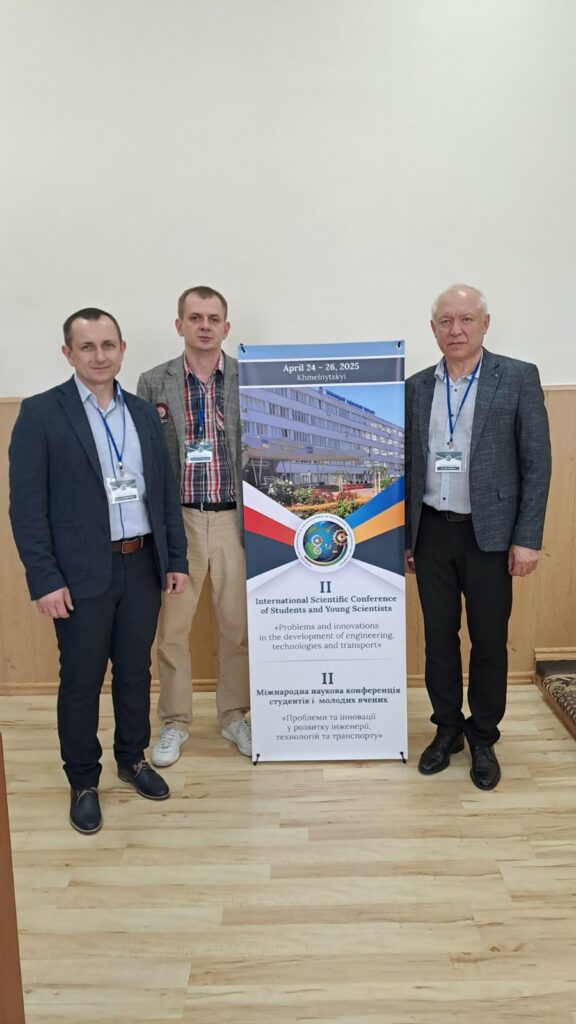
Conference participants had the opportunity to join the event both in person at Khmelnytskyi National University and remotely via the ZOOM platform. This approach ensured maximum accessibility for young researchers from various countries, allowing a wide audience to engage in discussions on current scientific problems and present research findings regardless of their geographical location.
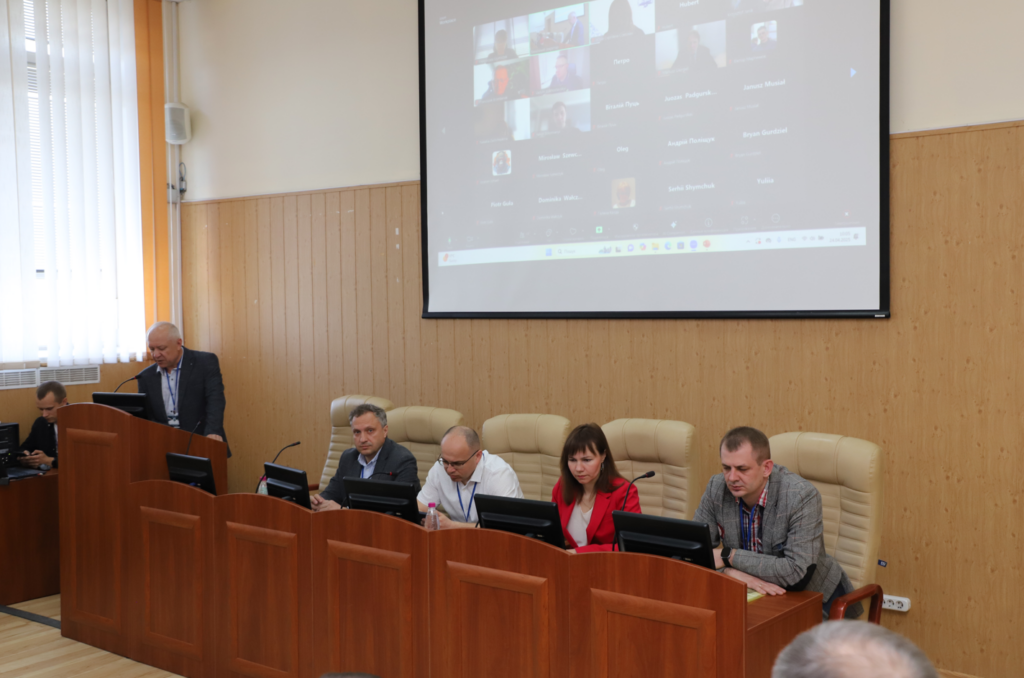

The conference was a significant event for young scientists from eight European and Caucasian countries, bringing together representatives from 31 universities in Ukraine, Poland, Lithuania, Romania, Georgia, Turkey, Estonia, and Slovakia.
The scientific event aimed to activate youth scientific activity and promote interdisciplinary exchange of knowledge, technologies, and innovative solutions.
The grand opening of the conference featured greetings from Prof. Serhii Matiukh, Rector of KhNU; Prof. Oleh Syniuk, Vice-rector for scientific and pedagogical work; Prof. Kateryna Skyba, Vice-Rector for Academic Affairs; and Assoc. Prof. Andrii Martyniuk, Head of the Department of Industrial Engineering and Agroengineering; and partner scientists, including: Prof. Małgorzata Szymiczek, Deputy Dean for Infrastructure and Organization at the Silesian University of Technology (Poland); Prof. Krzysztof Janik, Rector of Lazarski University (Poland); Prof. Bohdan Ligay, Bydgoszcz University (Poland); Prof. Borys Hitolendiia, Dean of the Faculty of Transport Systems and Mechanical Engineering at Georgian Technical University (Georgia); Dr. Eng. Krzysztof Boryczko, Deputy Dean of the Faculty of Civil Engineering at Rzeszow University of Technology (Poland); Dr. honoris causa Franciszek Brombereka, Khmelnytskyi National University (Poland); and Prof. Mariusz Gergel, AGH University of Science and Technology in Krakow (Poland). In their speeches, the speakers emphasised the importance of international dialogue and supporting young researchers in developing technological innovations.

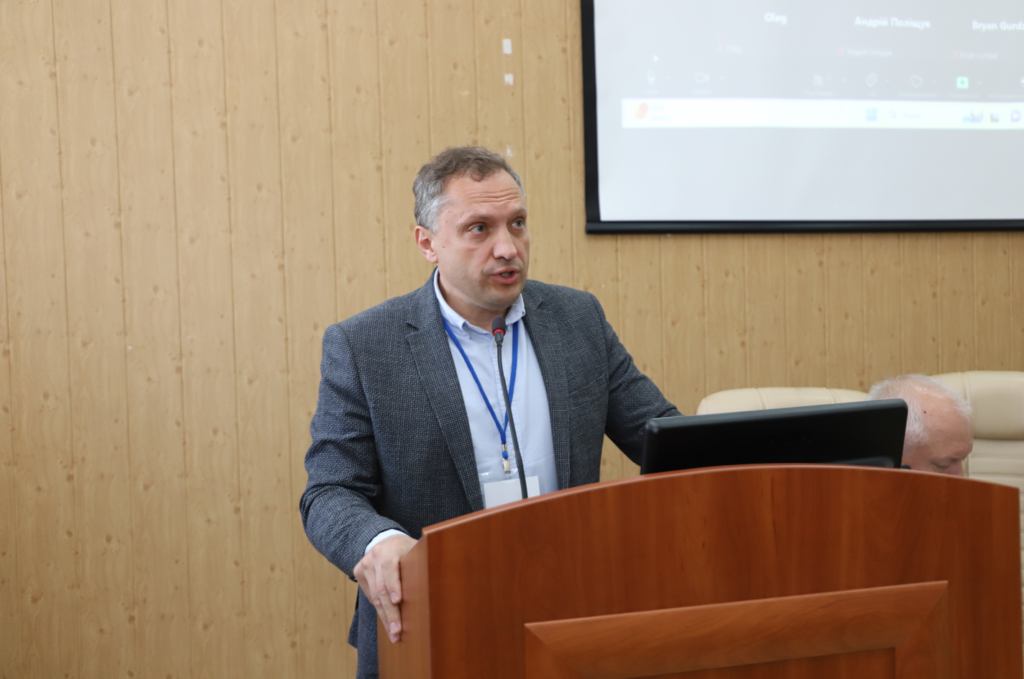
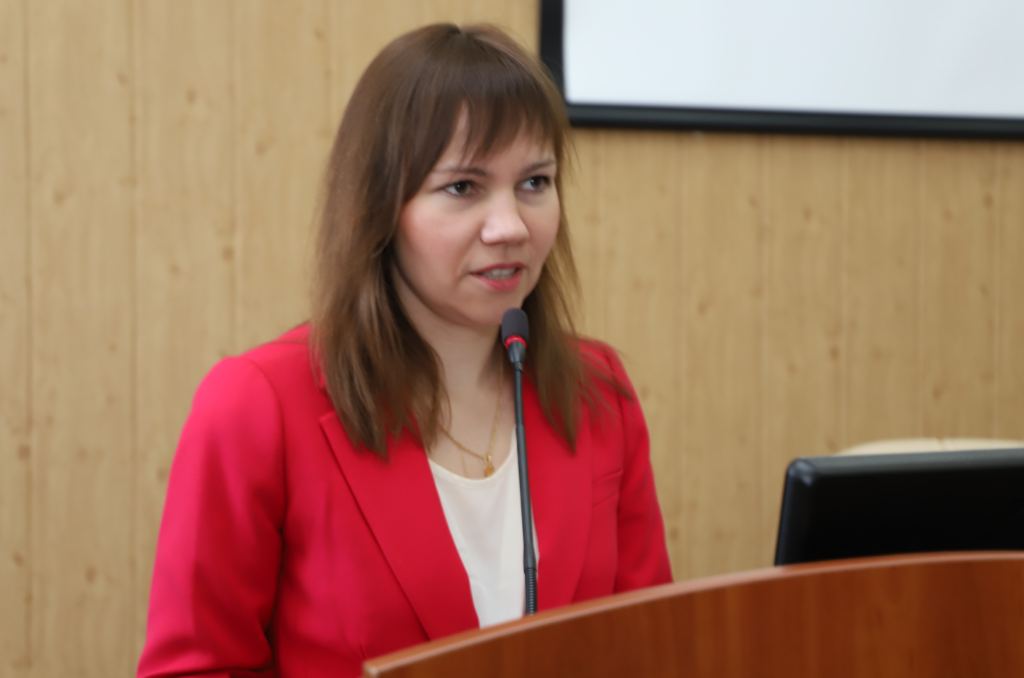

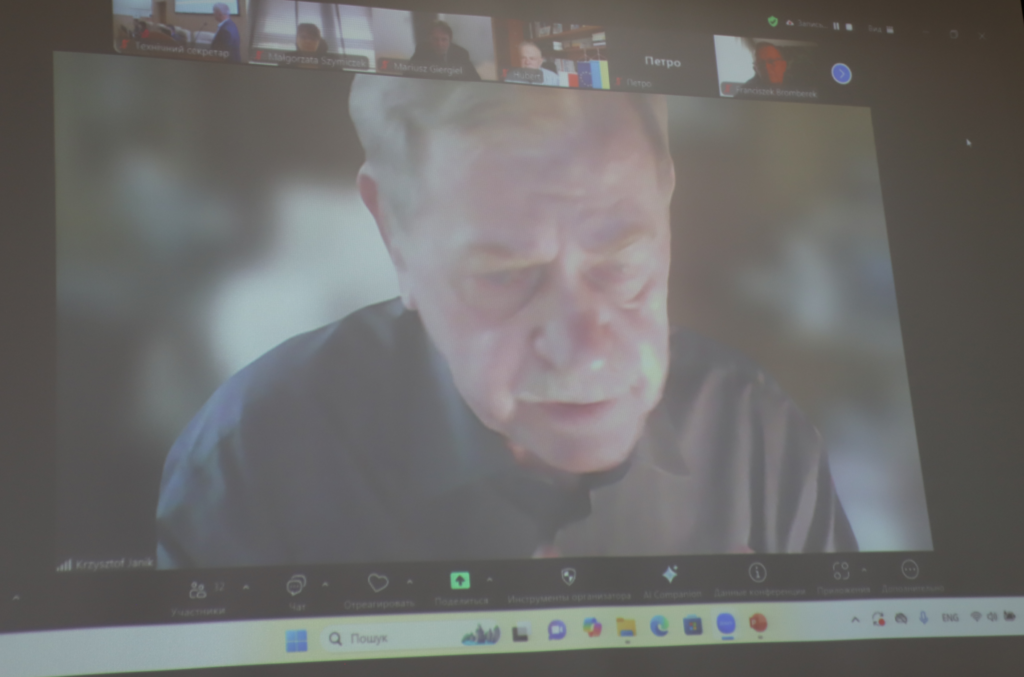
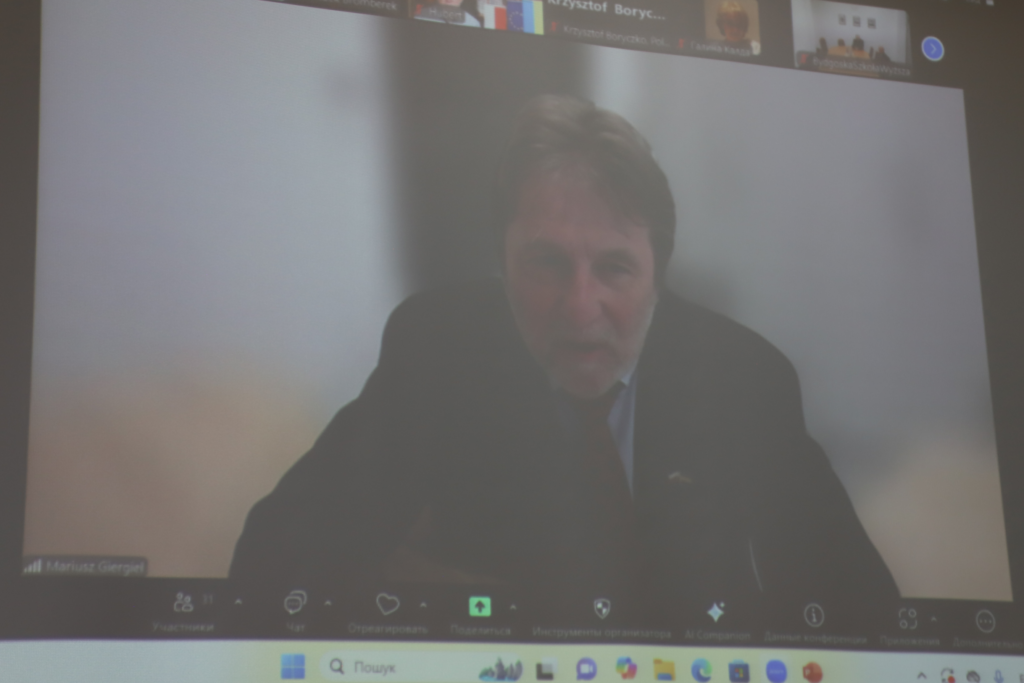
During the plenary session, current scientific research on the modelling of titanium alloy implants, wear resistance of composites, and LiDAR-based 3D mapping and computer vision was presented.
From Khmelnytskyi National University, Anastasiia Storozhuk, a student from the Faculty of Engineering, Transport, and Architecture, presented on "Research of Wear-Resistant Properties of 3D-Printed Resin-Based Composites Enhanced with Glass Powder and Microbubbles."

The presentations by young scientists from Poland, Lithuania, and Ukraine sparked lively discussions and became subjects of debate within the professional community.
Subsequently, the conference proceeded on three platforms:
– Innovative Systems and Technologies in Engineering and Management: This platform discussed issues such as mechatronics, automation, digital manufacturing, resource-efficient technologies, and more.
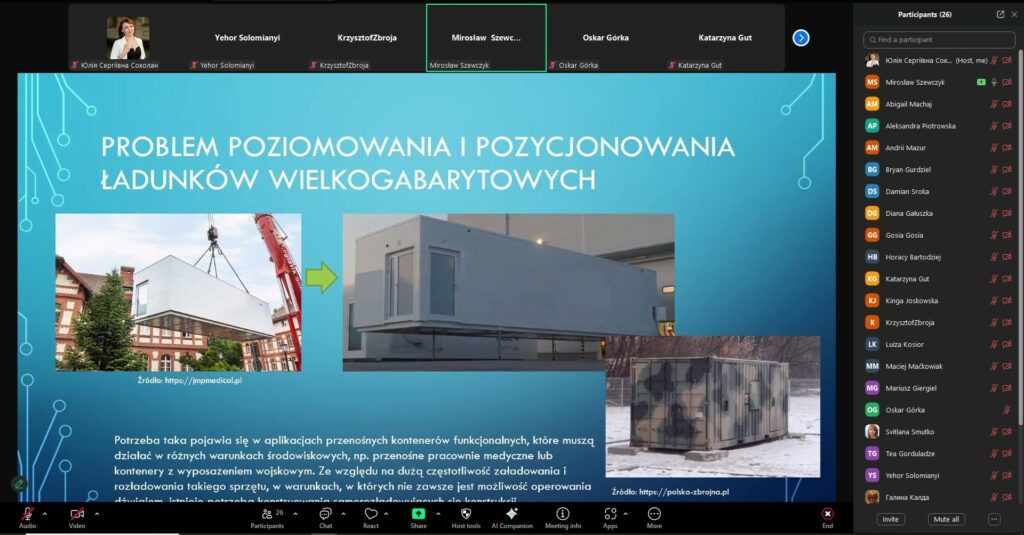
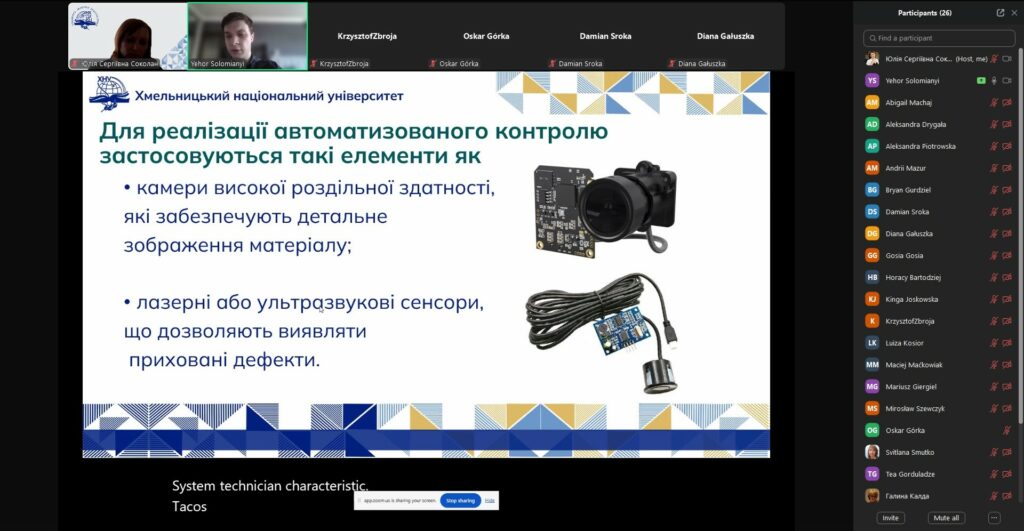
– Latest Technologies in Transport, Mechanical Engineering, and 3D Printing: This included research in additive manufacturing, optimisation of transport systems, and mechanical engineering.
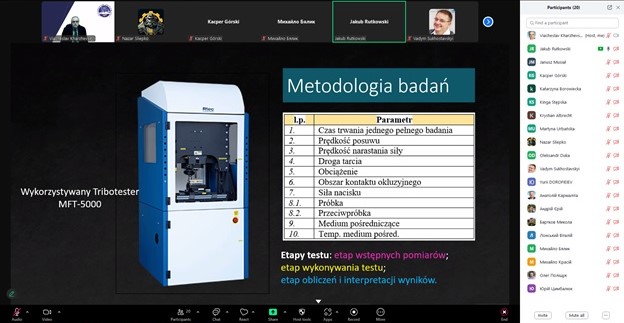

– Modelling of Information Systems in Architecture and Engineering: This focused on digital projects, Revit modelling, and architectural bionics.
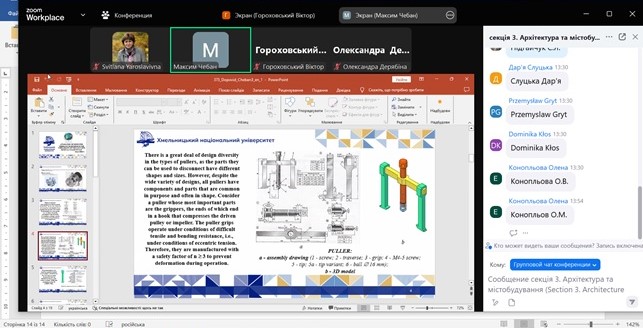

The conference topics covered a wide range of areas, including innovations in mechanical engineering and environmental safety; problems of tribology and materials science; architecture, urban planning; agroengineering, CAD/CAM/CAE systems; automation, robotics; economic challenges and management innovations, among others.
The conference served as a platform for scientific growth, the presentation of new ideas, and the formation of professional contacts among students, postgraduate students, and young scientists. The event contributed to the integration of the Ukrainian academic community into the European scientific space, deepening cooperation between universities and research centres.

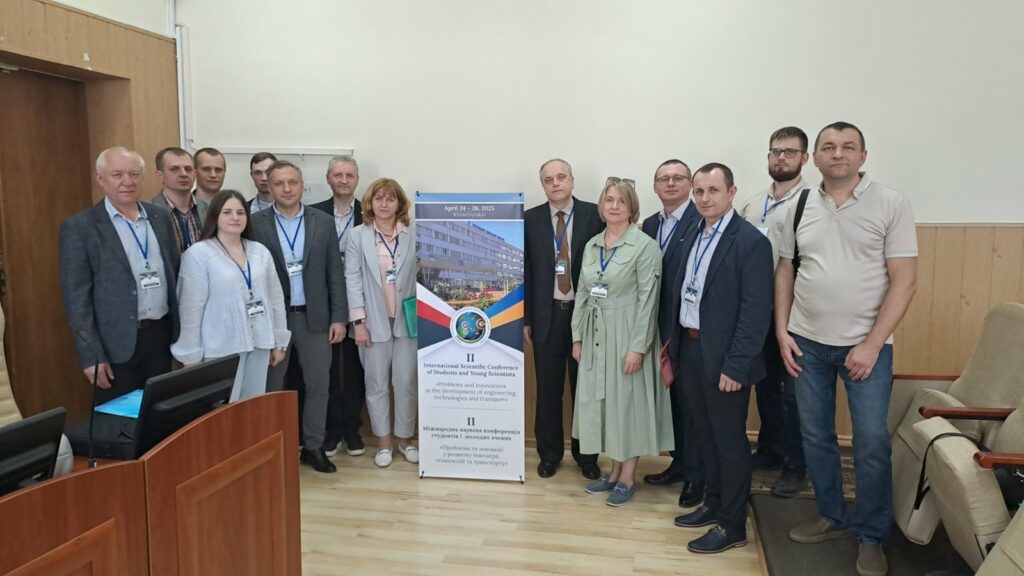
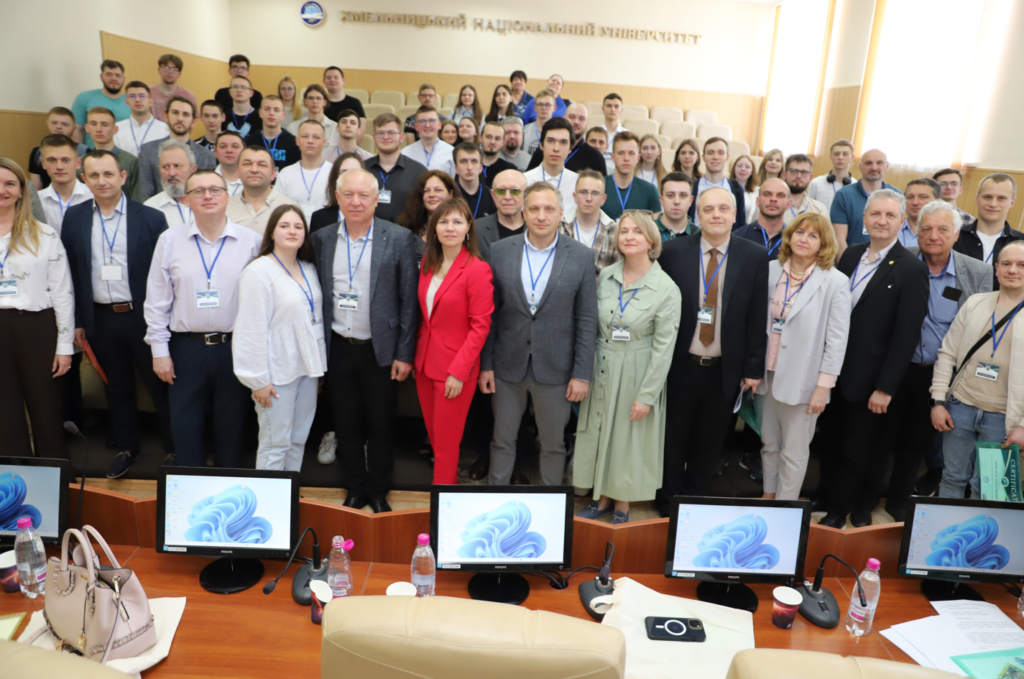
On behalf of the conference organising committee, we sincerely thank all participants for their active involvement and the university’s leadership for their comprehensive support and assistance in organising and conducting this scientific event.